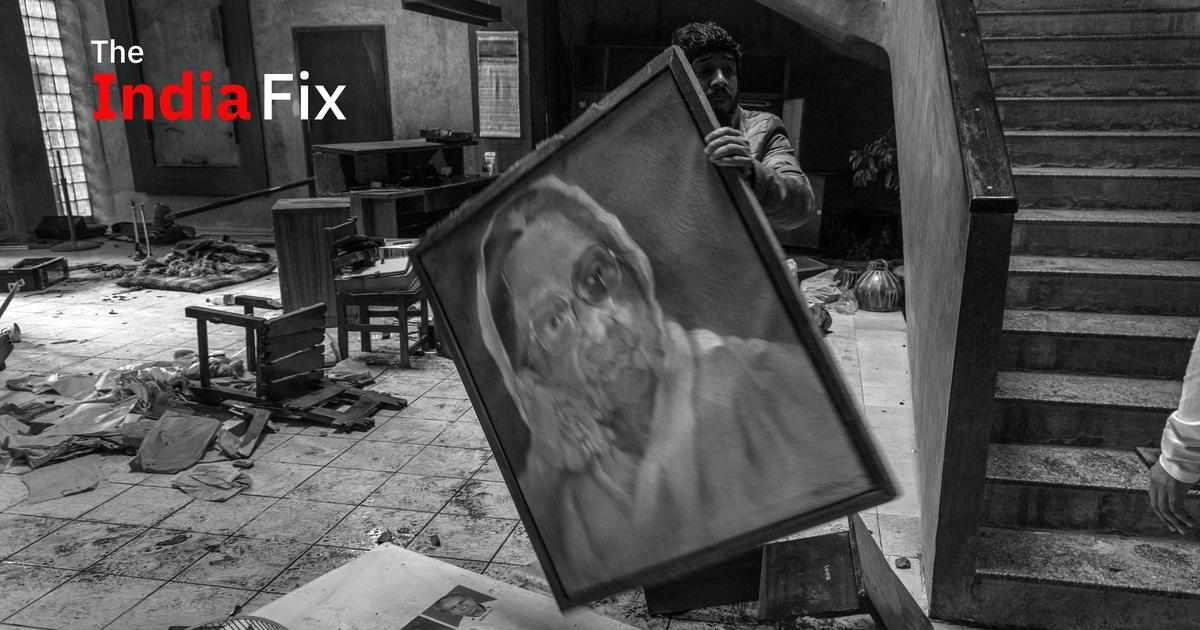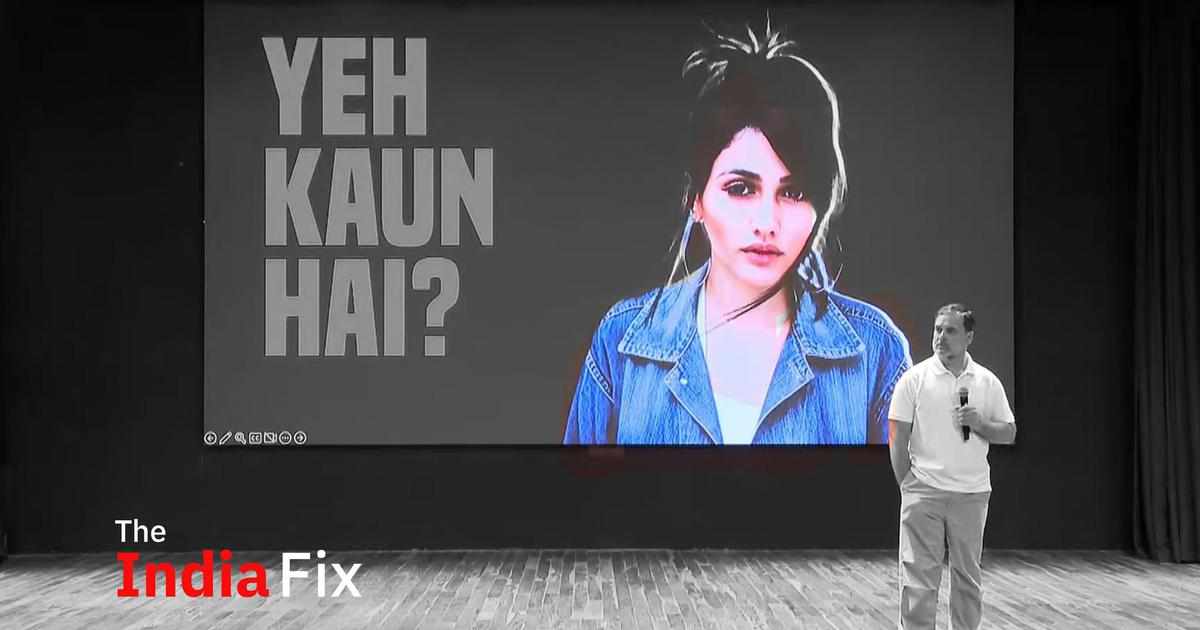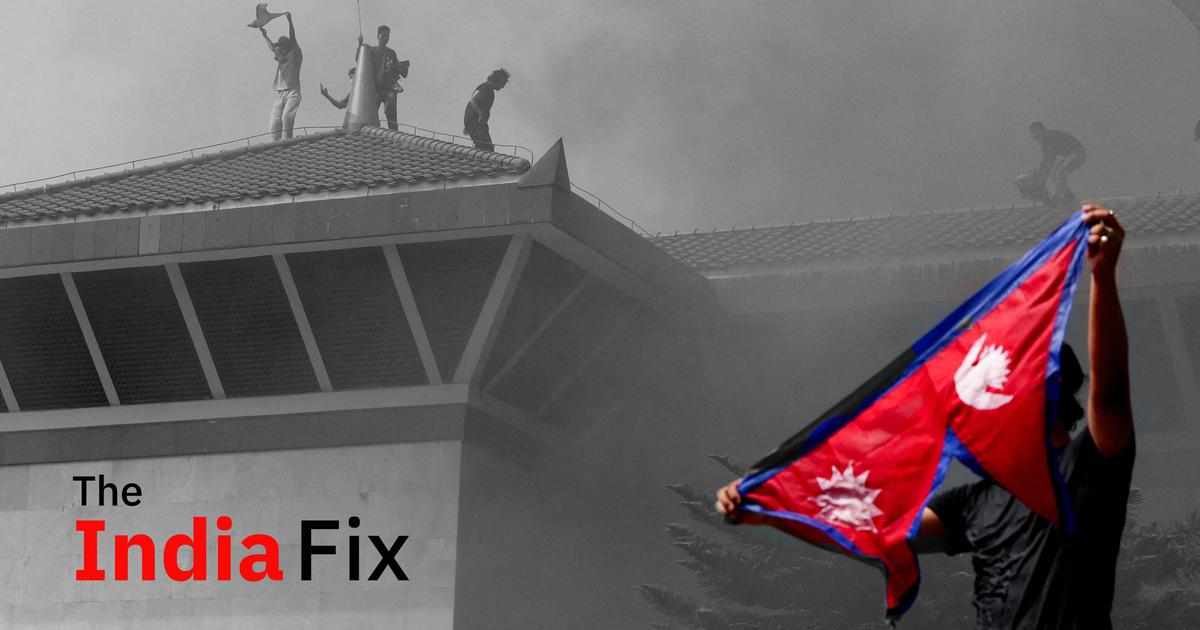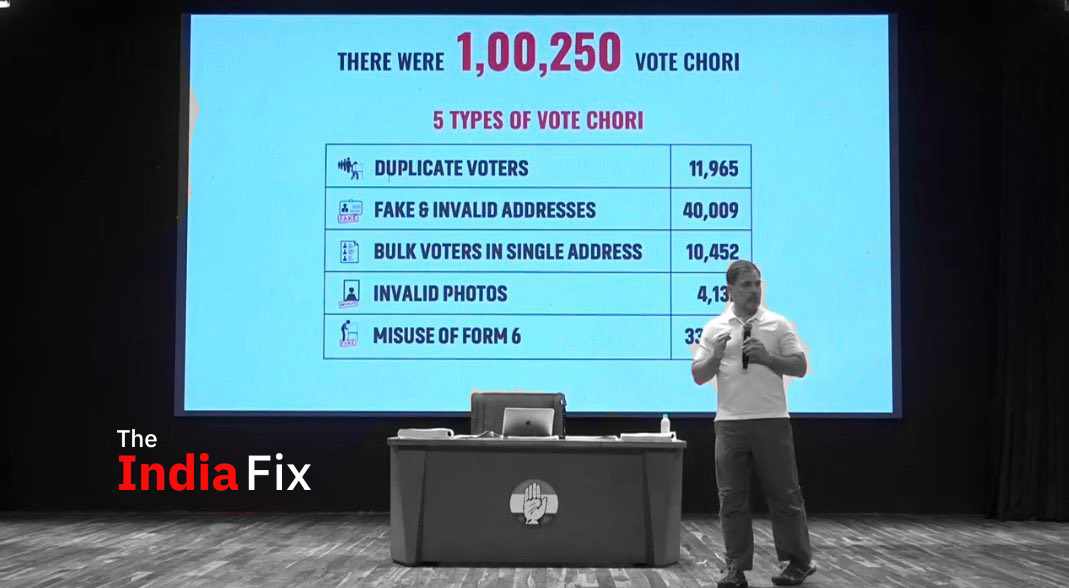
Welcome to The India Fix by Shoaib Daniyal, a newsletter on Indian politics. To get it in your inbox every Monday, sign up here (click on “follow”). Have feedback, interesting links or book recommendations? Send them to shoaib@scroll.in.
Since Wednesday, large parts of India have been engulfed by public protests. The trigger: the Modi government’s sudden announcement that it would drastically change how men and women are recruited into the Indian armed forces. Rather than the current system, where jawans or privates were recruited for at least 15 years with benefits like lifelong pensions, new entrants will now have a brutally short tenure of four years without any permanent benefits such as pensions.
Even by the standards of the past decade, where public violence has increased sharply in India, the protests were remarkably riotous. Public property, especially trains, came in for widespread attack. Hundreds of trains have had to be cancelled. In Bihar, the state saw the most violence, the Indian Railways has decided to run trains only at night in order to try and sneak past angry protestors.
Symbols of the state came in for attack, with protestors targeting police property as well as in one case, the house of a district collector. Senior leaders of the Bharatiya Janata Party were targetted too, with the residences of the deputy chief minister of Bihar as well as the Bihar BJP chief’s home being targeted.
In an unprecedented move, the Union government deputed federal paramilitary forces to protect the deputy chief minister as well as BJP legislators in place of the state police, even though the BJP is part of the state government in Bihar.

Why is the protest happening?
What explains this tsunami of protest and violence? The immediate reasons are quite obvious: young men who were trying to get recruited as privates are angry that a once-lucrative, prestigious mode of employment has been snatched away from them. Adding to this frustration is the fact that army recruitment had been put on pause for two years before this due to the Covid-19 pandemic.
To add to the anxiety of these young men is India’s incredibly alarming employment situation. As we have pointed out on the India Fix earlier, with shrinking mass industry, India’s labour workforce participation rate is shockingly low. In the face of this economic pain, clearly no young man is buying the government’s pitch that soldiers would be able to find well-paying private employment after their four-year service.
However, it’s just not the scheme but also the sudden way it was introduced, with minimal consultation or even a trial period that led to this outburst. That such a massive change in national security was made without any political consultation acts as a signal to protestors that agitations are the only way to make the government listen.
This is, of course, typical of the Modi-led administration: decisions are made in a highly centralised manner with no democratic consensus building or taking stakeholders on board. To really illustrate this, even GD Bakshi, a military veteran who has gained fame loudly defending the BJP on raucous TV debates, (angrily) tweeted out his opposition to Agnipath. The BJP hadn’t even won him over, it seems.

With no centralised leadership and a twitchy BJP wary of the optics of using force in an issue connected with the Indian Army (and unconnected with any Muslim element), the mass protests soon devolved into violence.
Why is Modi taking this risk?
Modi’s push for Agnipath is easy to see. The amount India spends on salaries and pensions for the military is unusually high. Especially so in an age where technology is gaining more and more prominence in warfare. One calculation by Laxman Kumar Behera, a Research Fellow at Manohar Parrikar Institute for Defence Studies and Analyses, New Delhi estimates that the “total personnel-related expenditure amounts to 64% of the Ministry of Defence 2020-’21 budget”.
With his government’s finances squeezed by welfare spending and an underperforming GST, Modi would benefit politically from a smaller outlay on defence.
The new scheme could also act as a force multiplier for Hindutva, which depends, at least to some extent, on vigilantism in order to build up political capital. As defence experts have pointed out, the large pool of trained combatants left jobless after four years would be easy pickings for vigilante Hindutva groups, which are given the freedom to operate in BJP-ruled states. A BJP MP even said this up front, as he made the case for Agnipath, arguing that after four years, trained combatants leaving the army would fight “heretics”.
The scheme also underlines just how much sheer power the Prime Minister’s Office has now in the current dispensation. Defence expert Sushant Singh has explained that the top brass of the Indian Army was opposed to the idea. Yet, the main face of the Agnipath scheme has been the military leadership, which have been trooped out by the Modi government to defend the new scheme. As has often been pointed out in the last eight years, India’s institutions have been unable to push back against the sheer populist power of Modi’s BJP. This list now most certainly includes the armed forces.

Can Agnipath protestors learn from farmers?
That said, this is a tricky pitch for the BJP. The party has an immense amount of political capital when it comes to national security. Pushing through a policy that so many defence experts and veterans are arguing will weaken the armed forces and erode that capital.
With it, the BJP has also hit a familiar antagonist: street protest. In his second term, Modi’s political performance has been a paradox: immense electoral strength in national elections married with an inability to successfully execute major policy (think CAA, farm laws or even Kashmir). Yet another U-turn would further underline the chaos during Modi’s second term.
The last time the BJP faced off against the protests, against the farm laws, it was Prime Minister Modi who had to bend. The ground conditions in the case of Agnipath are quite similar, with powerful, geographically-concentrated rural castes in danger of losing out on a significant source of their power. The BJP’s model of politics, on the other hand, does not depend to a significant extent on them, with the party pulling a diverse coalition of backward caste Hindus for votes and upper caste Hindus for funding and media control.
Agnipath might actually end up marginally benefiting some backward castes who could, in theory, have a maiden shot at army recruitment with the old system upended. Some upper castes, such as Rajputs, could end up being disgruntled with this dislocation. But as we have seen with the economic slowdown, demonetisation or GST, upper caste Hindus are extremely reluctant to abandon the BJP.
In the case of the farm laws, while major agitations were geographically concentrated and mostly drawn from only two communities (Sikhs and Jats), this weakness was overcome with the doggedness of the highly-organised protesters, who made sure to concentrate their energies on Delhi for maximum impact. Luckily for the BJP, the anti-Agnipath protests have till now been quite unorganised, with violence making their case weaker. Much will depend on whether they can organise themselves like the Punjabi and Haryanvi farmers or allow their movement to dissipate.






















Write a comment ...